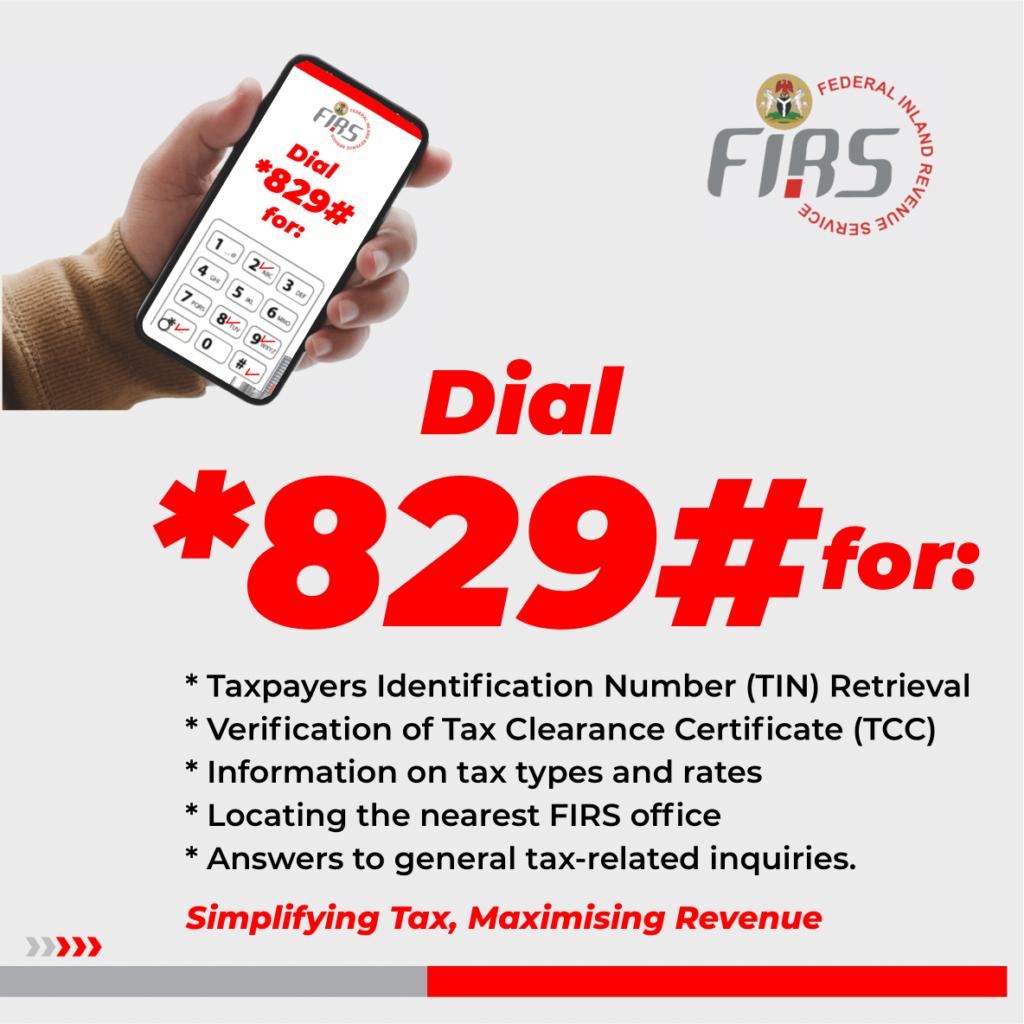The National Insurance Commission says its commitment to stoke fundamental shift in insurance market different from previous supervisory pattern will birth a new approach to prompt settlement of legitimate claims, this admission invariably admits that legitimate claims are not experiencing viscous flow; the second is promoting market growth through innovation and, the third on this tripod policy, is driving commercial value within the industry.
This thinking and doing hub of NAICOM was unveiled by the Commissioner for Insurance Olusegun Omosehin at the Modion Communications IMT3.0 Insurance Meets Tech, Insurance And Tech: Beyond Collaboration, held at Balmoral Convention Centre, Victoria Island, Lagos recently. The tone was no holds barred.
The Commission Omosehin inferred, was far from being where it should be, and he was not standing behind the curtain when he asked, …”are we where we should be as an industry?” Not excluding NAICOM by any dint of imagination, he said plain. “Your answers may definitely not be different from mine – No. A further question will now be; how do we intend to get to where we should be?”
Akin to the Biblical approach to start from Jerusalem before venturing further, the Commission started self healing; it reshuffled and created new approach to meet current global regulatory demands bearing in mind that transformation in the Commission is tantamount revitalising operations in the operators total operations frame.
He tells how it all started, “First, upon the assumption of office of the current management, we recognised the urgent need to strategically reposition the insurance industry and place high priority in certain areas that will potentially stimulate the transformation agenda of the insurance sector. As a Commission we set out 5 priority areas for immediate implementation which include; safeguarding policyholders and improving confidence in the industry; strengthening our supervisory capabilities and organisational effectiveness; improving safety and soundness of the Nigerian insurance industry; fostering innovation and sustainability of the Nigerian insurance industry; and enhancing overall insurance accessibility and penetration in Nigeria.”
Putting precision guided responsibility on the operators without shielding the Commission, the CFI said several fundamental issues plaguing the sector ‘must of necessity’ be addressed, these include, low penetration, lack of public trust, market fragmentation, regulatory reforms and digital transformation and adaptation.
Delving into digital transformation, he recalled that digital transformation and adaptation surged during the disruption period of Covid-19 (2020-2021). He said that was when global safety and testing the abilities, resilience and preparedness of nations to deal with the unexpected outbreak were on the open stands, and the pandemic highlighted the need for digitalisation.
As an uptick for the digital prepared insurance industry Omosehin stated, “In the insurance sector for instance, while lockdowns negatively impacted traditional distribution channels, they also encouraged insurers to develop digital offerings. This has come to show that investing in technology, online platforms, and mobile apps can improve customer experience and accessibility.”
Nigeria’s insurance industry ever growing digital armour NAICOM Boss asserted, rekindles major confidence the Commission has that the industry which is flying on the wings of revitalisation can risk-manage Nigeria’s one trillion Dollar economy. Industry’ prevalent digital adaptation he emphasised, literally speaks to the insurance industry readiness and preparedness to de-risk the activities that is projected to galvanise productivity, innovations, economic growth and development.
Still speaking with reinforced confidence on the digital high score post Covid-19 and the industry ability to adjust to high tech driven disruptions Commission CEO said, “The post Covid-19 era witnessed a paradigm shift in business operations, driven by unprecedented disruptions that necessitated innovative adjustments to ensure continuity and resilience. This has led to widespread adoption of AI and other emerging technologies, catalysing fierce innovative competition and impacts, product development, service delivery, distribution networks and operations. As a result, organisations are leveraging technology to drive growth, improve efficiency, and stay competitive in an increasingly complex landscape.
He also addressed the impact of inflation on claims and pointed out that this called for intense attention to deflate its negative impact on the commercial value on the industry. “This has been a major concern for the insurance sector. Rising prices affect both insurers and policyholders. For insurance companies, it can make it difficult to operate profitably, especially if claims costs increase due to inflation. To mitigate this, insurers must carefully manage their investment portfolios, adapt pricing strategies, and maintain adequate reserves.”
Looking at the mix of other variables that drive insurance commercial value, he unequivocally said innovation is the way to go because it captures all other dimensions and not only keeps the market afloat but creates leadership in the financial sector.
His encapsulating view, “The current realities of economic instability, climate change, rapid technological advancement, changing behaviour of customers, soaring inflation and forex instability on global financial markets have disrupted ways financial services are carried out. Hence, we must imbibe technology in order for us to have a one-stop shop for insurance products and services. Innovation and sustainability are some of the major emerging issues today. The insurance sector must embrace innovation to meet up with the rapid market changes, changes in consumers’ preferences, tastes and lifestyle. We must develop products that meets the demands of our market as innovation have taken the driving force in the financial services sector.”






































